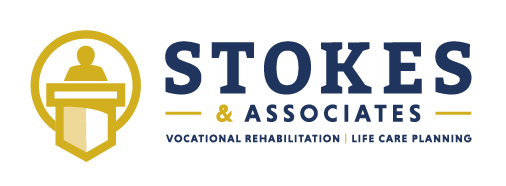Vocational Rehabilitation Considerations in Burn Cases
Many factors influence the vocational prognosis of individuals who have experienced burn injuries, including residual functional limitations, the environment of the job(s), the need for ongoing scar revision and treatment/therapies, and unique clothing needs/requirements. These should all be considered when determining an individual’s ability to return to work.
The first step in vocational planning is to assess the level and nature of residual impairments. For example, many individuals with burn injuries experience scarring and contractures, which can impact their range of motion, especially in the joints. If burns are to the upper extremities, grasping, handling, and reaching issues can further affect the likelihood of returning to work. Facial burns can also be a deterrent when working in customer-facing roles or in an interview setting with potential employers. Treatment typically involves various types of therapies, which could also affect their ability to maintain employment due to frequently missing work because of appointments.
The physical environment where the individual was working pre-injury should also be considered when determining if a position fits within post-injury limitations. People with burn injuries usually cannot return to work in environments that require outdoor work, exposure to high temperatures, open flames, and chemicals. These restrictions typically rule out many welding jobs, construction jobs, or other occupations requiring outdoor work.
Unique clothing is often needed to protect an individual’s skin following a burn injury. This clothing may or may not be compatible with other clothing requirements outlined by an employer. The vocational counselor can be integral in determining if any accommodations need to be made in the workplace to allow for the clothing necessary to return to work.
A vocational rehabilitation counselor should know the factors that must be addressed when working with individuals who have experienced burn injuries. The counselor should consider the impairment and any restrictions of the individual, the need for ongoing treatment and therapy, environmental aspects of the job, and special clothing requirements needed when determining an individual’s ability to return to work.
